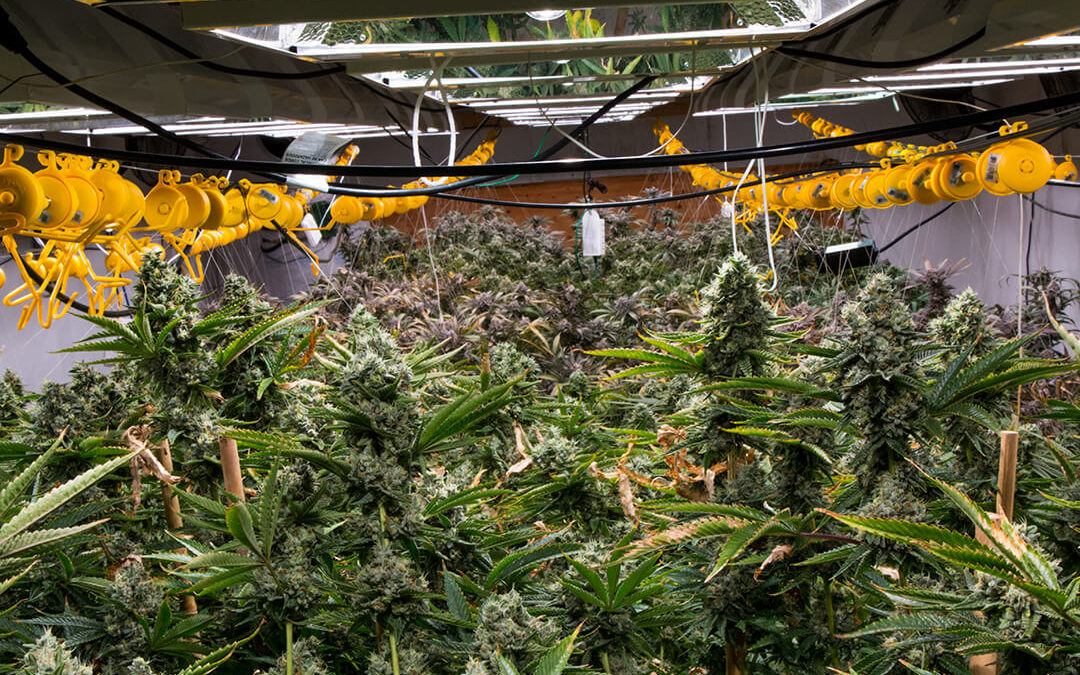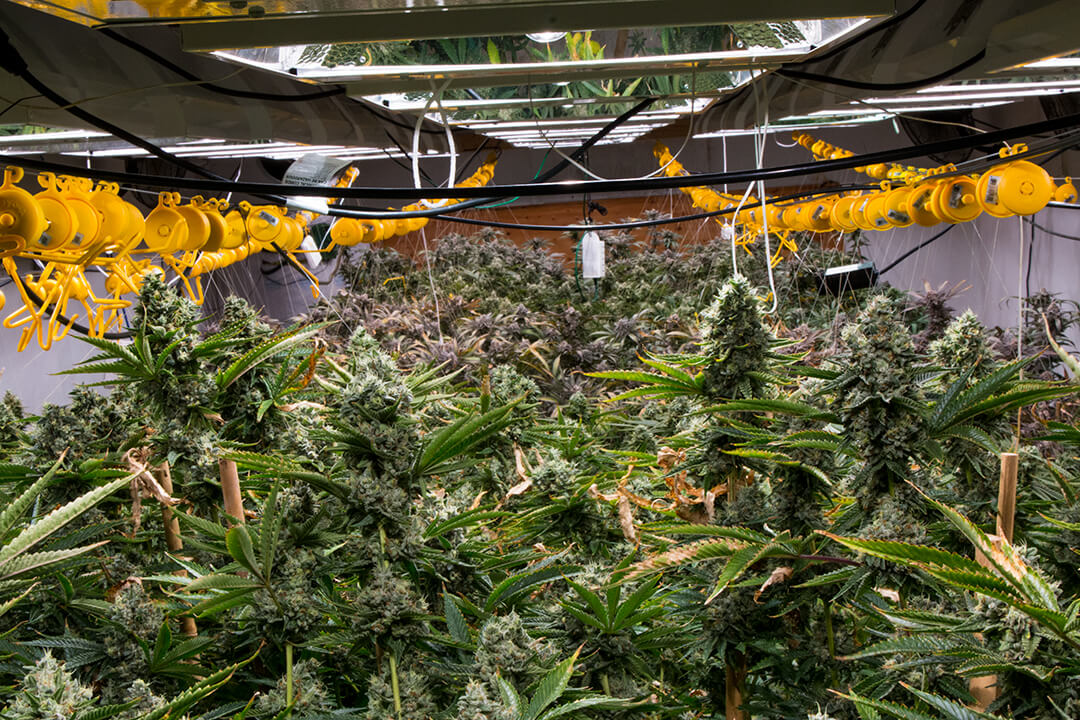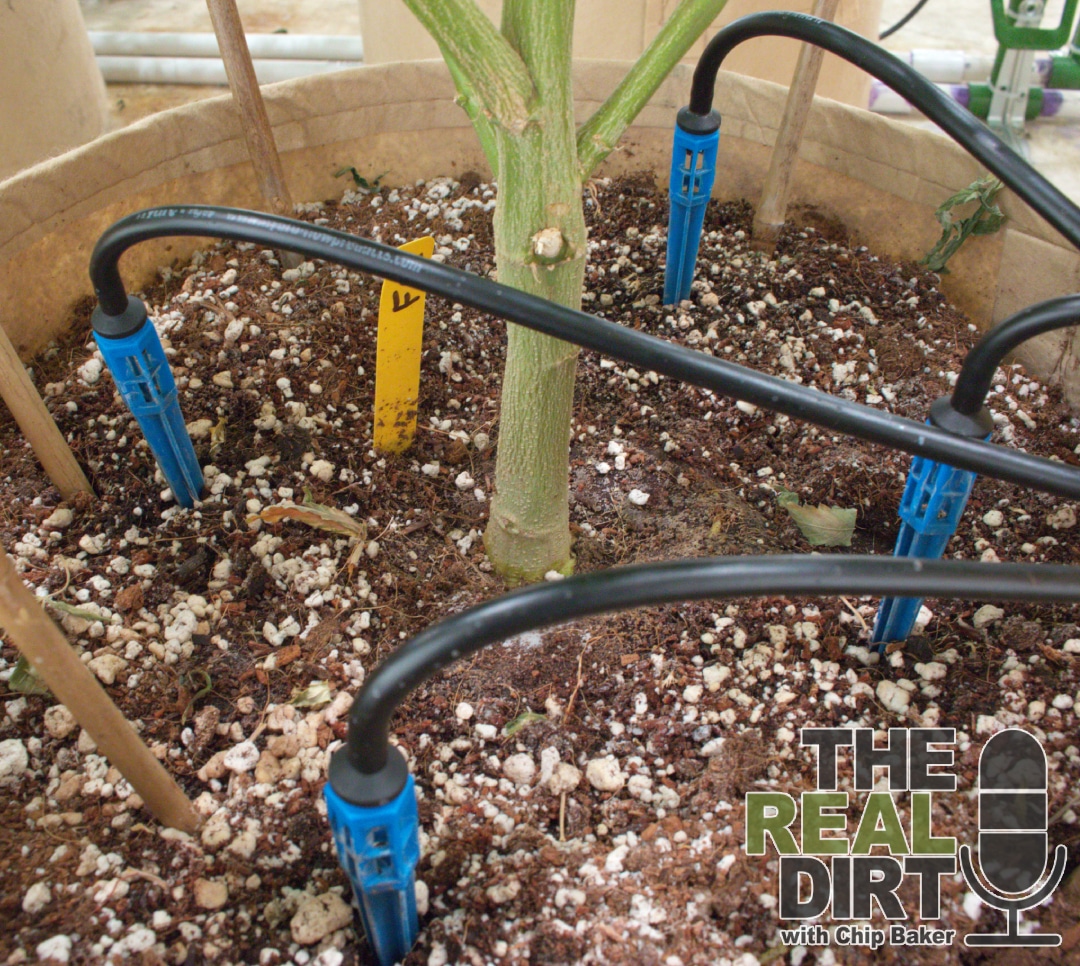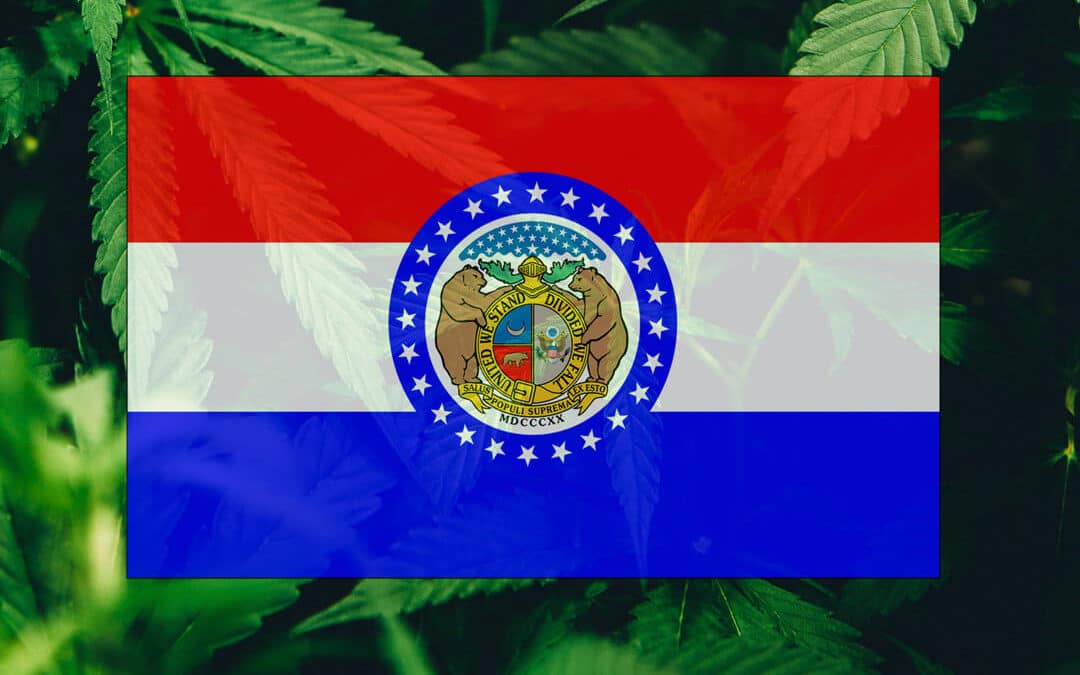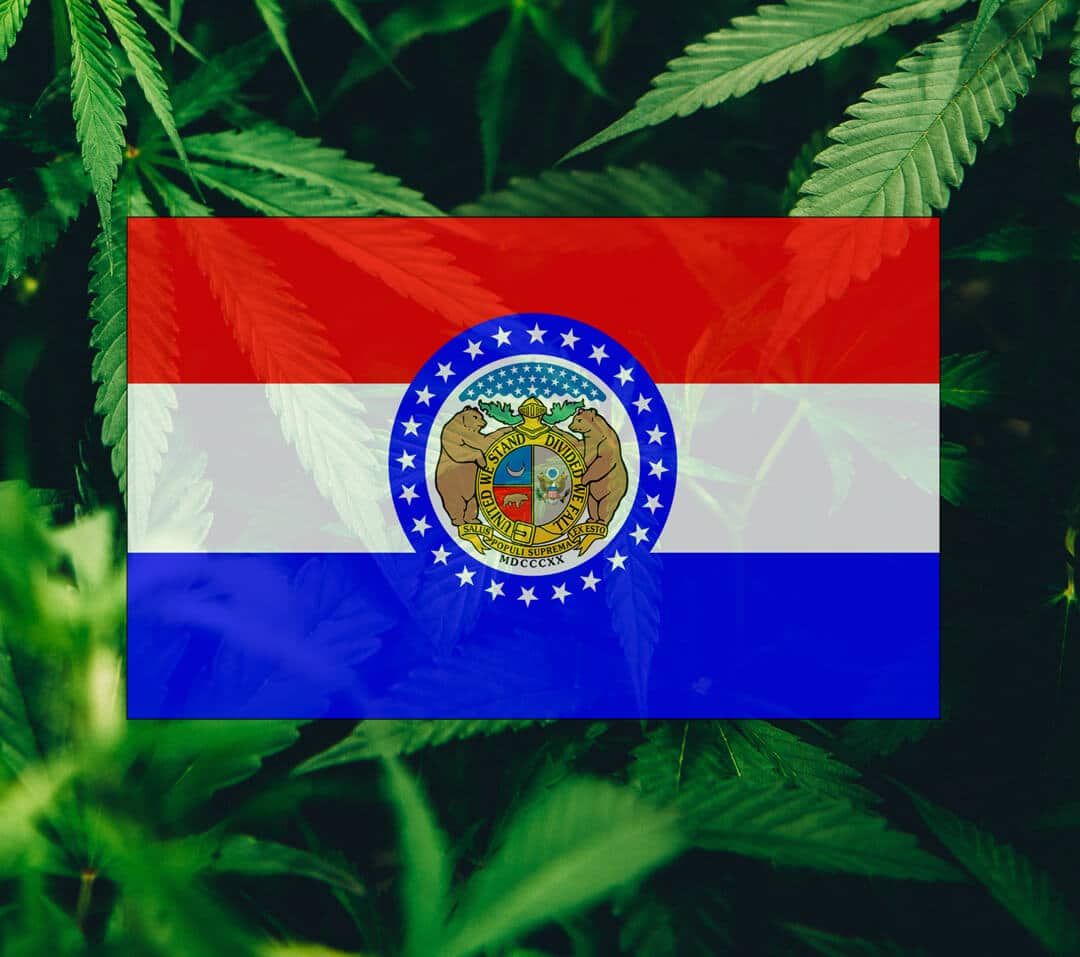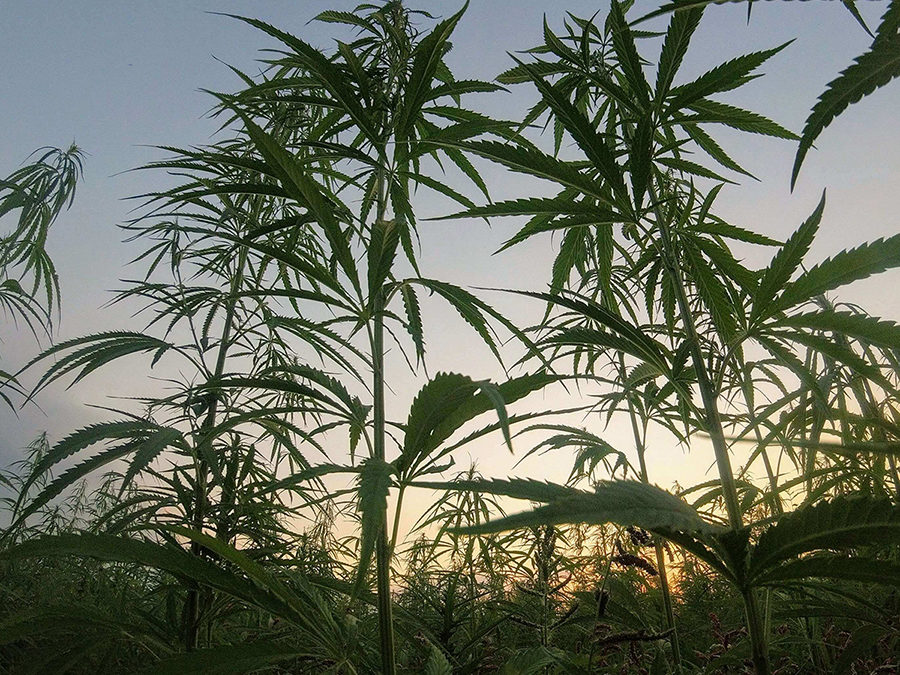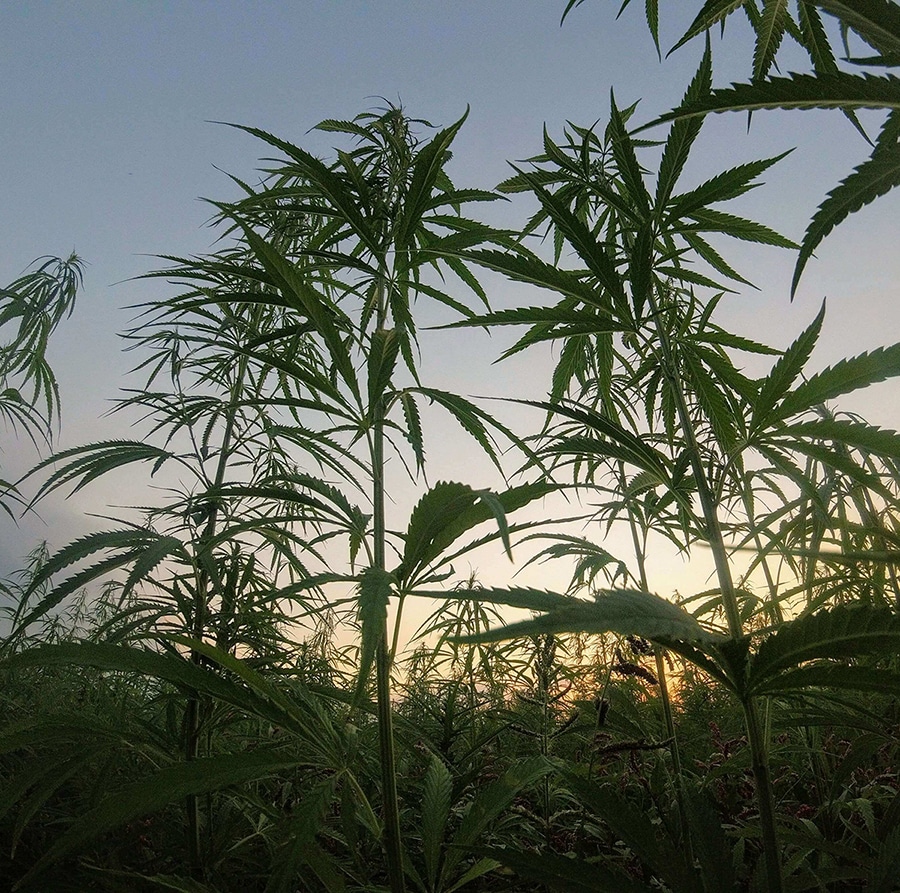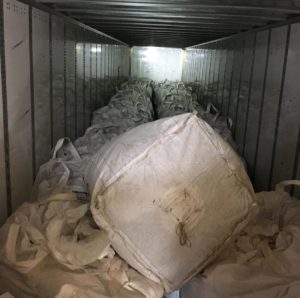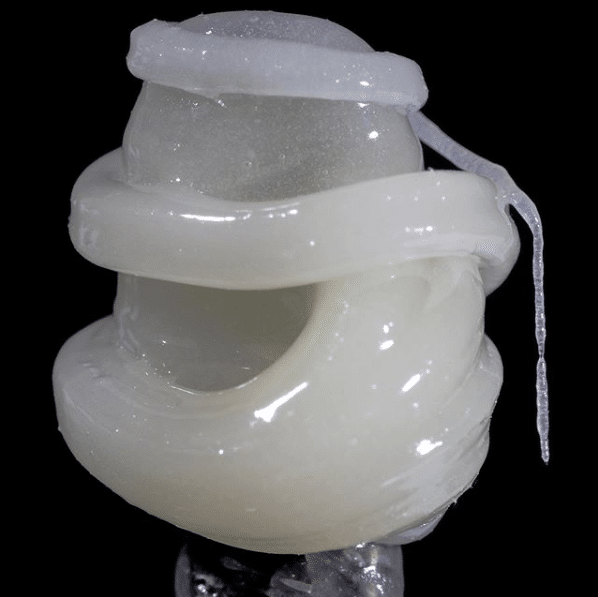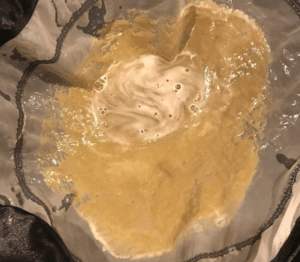
Inside Maryland’s Medical Marijuana Industry
Podcast: Play in new window | Embed
Subscribe: Google Podcasts | Spotify | iHeartRadio | Stitcher | Email | TuneIn | RSS

Maryland has always been relatively progressive compared to its neighbors when it comes to cannabis. The state decriminalized small amounts in 2010, and enacted a full medical marijuana program in 2012. Now we’re in 2019, but where does the Maryland medical marijuana industry stand?
Inside Culta’s Cultivation
Culta opened in Baltimore, Maryland in 2018 with the goal of bringing exclusive, high quality genetics from successful seed banks and breeders to the Maryland medical marijuana industry.
They built their cultivation facility from scratch inside an old factory right in the inner harbor of Baltimore’s downtown. They also designed one of only four vertically integrated cannabis businesses in the state. This means from seed, to processing, to sale, Culta handles it all in-house.
With over 400 lights in the facility, separate rooms for genetics testing, vegetation and flowering, Culta is by far one of the most technologically sophisticated cultivation facilities in the state. Plus, they sourced some of the most experienced cultivators in the country to build their genetics.
Maryland Medical Marijuana
In this episode of The Real Dirt Podcast, Chip talks with Jay and David, Head Grower and Cultivation Manager of Culta.
Together the three of them dive into the design behind Culta’s facility, the benefits of being vertically integrated, the issues new businesses are dealing with in an industry that is still finding its footing and more.
Roll one up, relax and enjoy the first episode of Season 3 of The Real Dirt with Chip Baker!

